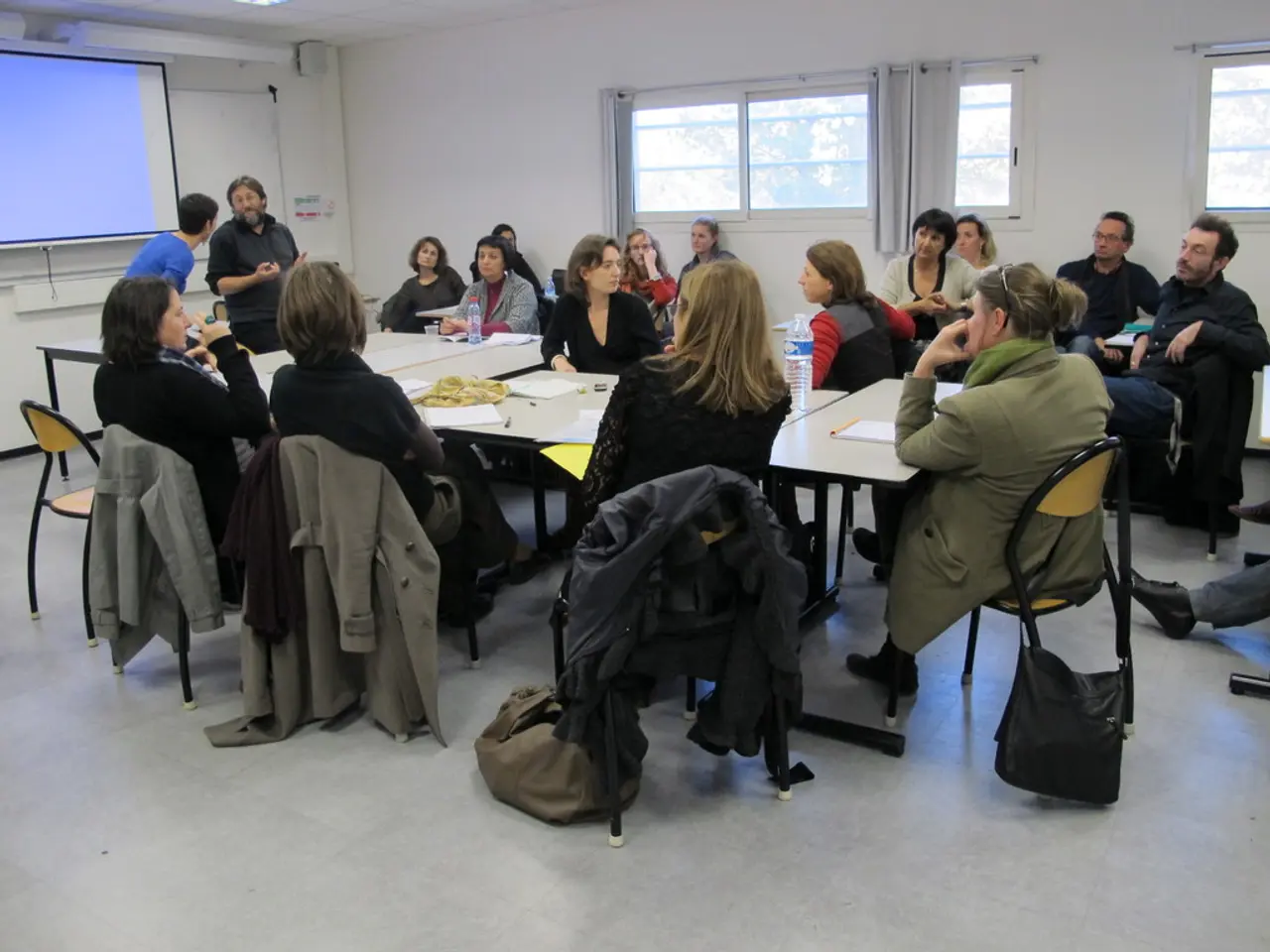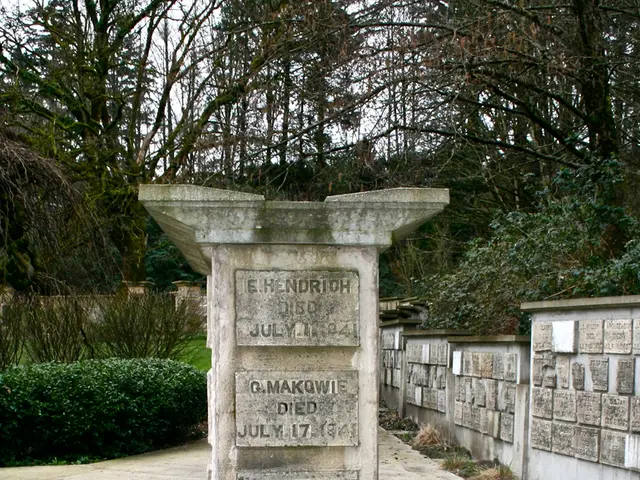Media Communication Process splitting into two key stages:
In the modern world of social media and mass communication, the power of communication theories to influence public opinion is more evident than ever. One such figure who has significantly shaped the political landscape of the United States is Ben Shapiro, a public speaker, author, and talk show host.
Shapiro's influence can be traced back to his legal education at Harvard University, which has equipped him to engage political issues portrayed in the media with great depth and insight. His communication skills, honed over the years, have allowed him to shape the opinions of many Americans on various issues, including gun ownership and foreign policy.
The two-step flow model of communication, developed in the 1940s by Paul Lazarsfeld, Elihu Katz, and their colleagues, provides a framework for understanding this influence. According to this model, mass media messages are not directly consumed by the public. Instead, they are filtered and interpreted by opinion leaders, who then pass these messages on to the rest of the population.
However, the greater access to media content today reflects a significant change in the underlying conditions compared to when the two-flow model was developed. With the rise of social media, one-, two-, and multi-step flow theories of communication have become more complex, as individuals can now interact directly with the media and with each other, facilitating the rapid spread of ideas.
Everett Rogers (1962) found that more than 60% of respondents attributed their awareness of current events to mass media, rather than interpersonal interactions. This suggests that, while opinion leaders still play a crucial role in shaping public opinion, the direct influence of mass media cannot be overlooked.
The balance theory, as mentioned by Troldahl, suggests that individuals seek the counsel of opinion leaders when faced with observations that challenge their ingrained beliefs. Troldahl (1966) also noted that direct media exposure can lead to discussion and the emergence of opinion leaders. This is particularly relevant in the case of Ben Shapiro, whose talks and writings have sparked countless discussions and debates, solidifying his position as an opinion leader.
In today's world, opinion leaders can come from various walks of life. Professor Matthew Nisbet identifies Engineering Ambassadors and Science Booster Clubs as examples of opinion leaders bridging the gap between the public and scientists. In a similar vein, Ben Shapiro has filled a void in the political landscape, providing a voice for those who may not have had one before.
However, the use of the two-step flow model should be approached with caution, as Danielson and Deutschmann (1960) suggest, based on evidence showing mass media messages directly reaching the public. This underscores the importance of critically evaluating the sources of information and the opinions they present.
In conclusion, the influence of communication theories on shaping public opinion is undeniable. The case of Ben Shapiro serves as a prime example of how these theories can be applied in real-world situations, highlighting the importance of understanding these theories in order to navigate the complex world of modern communication.
Read also:
- Peptide YY (PYY): Exploring its Role in Appetite Suppression, Intestinal Health, and Cognitive Links
- Toddler Health: Rotavirus Signs, Origins, and Potential Complications
- Digestive issues and heart discomfort: Root causes and associated health conditions
- House Infernos: Deadly Hazards Surpassing the Flames








